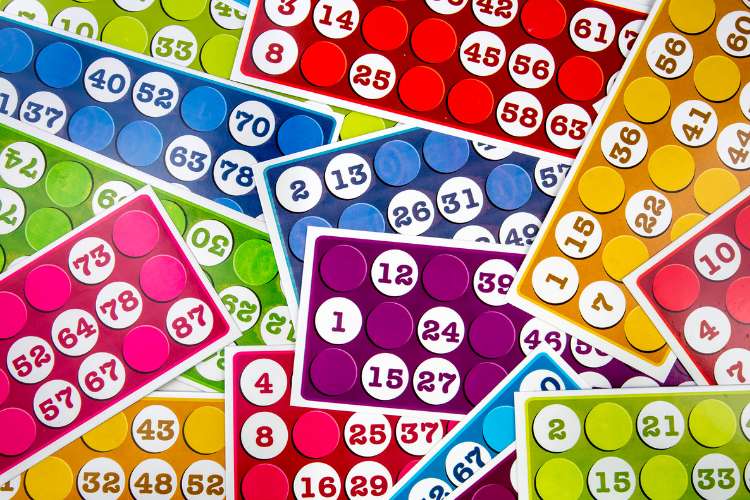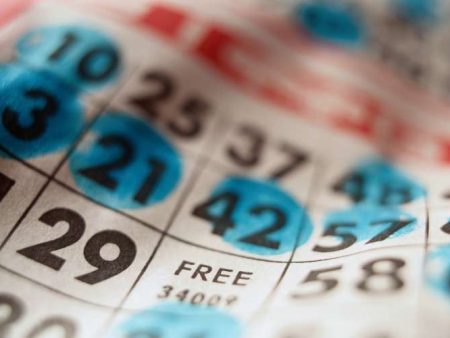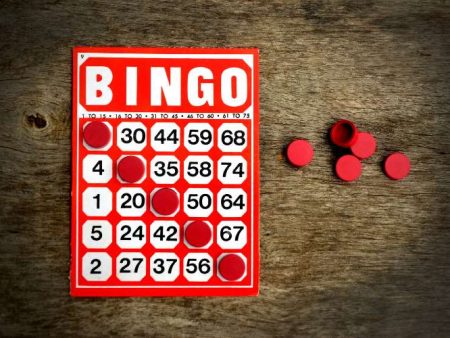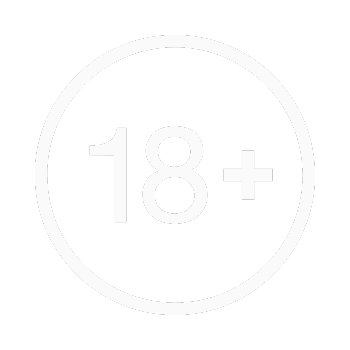
What's on this page
Bingo is one of the most loved games in the UK, offering excitement and the possibility of winning big. Whether you’re playing online or at a local hall, understanding how to read your bingo card effectively is essential to ensure that you never miss a winning combination. In this article, I’ll guide you through the basics of reading a bingo card, how to spot winning patterns, and share useful tips to maximize your chances of winning. So, let’s dive in!
Understanding the Basics of a Bingo Card
A bingo card is straightforward in design but essential to your success. Typically, a bingo card consists of a 5×5 grid. In the middle of the grid, you’ll find a “free space,” which automatically counts as a marked number. The other 24 spaces contain randomly generated numbers.
In 75-ball bingo, the numbers are spread across five columns: B (1-15), I (16-30), N (31-45), G (46-60), and O (61-75). Each number corresponds to a column, so when called, it will always be within the correct range.
In 90-ball bingo, each card has three rows of five numbers, with nine numbers in total. The numbers are also random, but the game structure differs. Understanding these variations is crucial for reading and following the game effectively.
Each number on the card is called by the bingo caller and marked off if it’s on your card. You must check each number carefully to see if it matches your card.
Types of Bingo Cards and Variations
Bingo comes in several exciting forms, each with different types of cards. The two most common in the UK are 75-ball bingo and 90-ball bingo. Each format comes with a unique set of rules and winning patterns.
- 75-ball bingo: Typically used in North America but increasingly popular online in the UK. Cards have a 5×5 grid, with each column containing a specific range of numbers. This type of bingo offers exciting pattern variations, such as lines, diagonal wins, and other special patterns.
- 90-ball bingo: The UK’s favourite version of bingo. A 90-ball card consists of three rows and nine columns. The goal is to match a line, two lines, or a full house. This format is particularly popular in larger bingo halls.
Understanding Bingo Patterns
Each bingo game revolves around matching a set pattern. The most common patterns are horizontal, vertical, diagonal lines, and full house. Depending on the game’s rules, the required pattern might change, so it’s essential to understand what’s expected before starting.
For example, in 75-ball bingo, the game may call for shapes such as a diamond or an “X,” while in 90-ball bingo, you can win with a single line, two lines, or a full house. Bingo side games explained often include additional ways to win, such as four corners or the center square, so make sure you familiarize yourself with the game rules beforehand.
Here’s a quick guide to typical bingo patterns:
- Line: Complete one horizontal, vertical, or diagonal line.
- Full House: Mark off all the numbers on your card.
- Four Corners: Mark off the four corner squares of your card.
How to Read Numbers on a Bingo Card
Reading numbers efficiently is key to enjoying bingo, whether you’re playing in a hall or online. Each time a number is called, the caller will announce the number, and you need to quickly check your card.
Here are some tips to help you read numbers effectively:
- Stay Focused: Bingo can be fast-paced, so it’s important to stay focused. If you’re playing multiple cards, keep your attention on the current one.
- Marking Numbers: Use a bingo dauber if you’re playing a physical card. For online games, numbers are typically marked automatically, but double-check to ensure everything is up to date.
- Scan Quickly: As each number is called, quickly scan your card. This becomes easier with practice, so the more you play, the faster you will get at it.
It’s always helpful to keep track of the numbers you need and the ones you’ve already marked. For bingo for all ages, the simplicity of the game makes it easy for everyone to learn, but speed and concentration are essential for players who want to succeed.
Recognizing Bingo Patterns and Winning Combinations
One of the most important skills in bingo is recognizing winning patterns. Before you even begin playing, make sure you understand the patterns required to win. If you’re unsure, ask the host or check the game rules.
For example, in 75-ball bingo, the pattern might require you to complete a shape like a diamond or a specific line. In 90-ball bingo, the pattern is straightforward—complete a line, two lines, or a full house.
Here are the most common winning patterns:
- Single Line: This can be any row, column, or diagonal.
- Two Lines: Completing two lines either horizontally, vertically, or diagonally.
- Full House: Marking every number on your card.
By focusing on these patterns, you’ll make it easier to follow along and claim a win when your numbers match. Avoid bingo scams by only playing with reputable operators that follow fair play practices.
Maximizing Your Chances of Winning: Effective Bingo Card Reading Tips
Now that you’re familiar with how to read a bingo card and understand the patterns, it’s time to look at ways to increase your chances of winning. While bingo is largely a game of chance, there are strategies that can help:
- Play More Cards: The more cards you play, the higher your chances of winning. Just make sure you can keep track of all your cards effectively.
- Choose the Right Game: Some bingo games have better odds than others. Look for UK exclusive slot offers or special bingo bonuses that can give you an edge.
- Avoid Distractions: Stay focused on your cards. It’s easy to get distracted when chatting with friends or watching TV, but keeping your attention on the game is key.
Common Mistakes to Avoid When Reading Bingo Cards
Even experienced players make mistakes when reading bingo cards. The most common errors include missing a number or forgetting to mark off a called number. Here’s how to avoid these mistakes:
- Double Check Your Markings: Always ensure that you’ve marked off each called number. Even missing one can cost you a win.
- Don’t Rush: It can be tempting to rush through the game, but staying calm and methodical is key to avoiding errors.
- Check Your Pattern: Before the game starts, double-check the winning pattern. Understanding what’s required ensures you don’t miss out on a win.
Reading Bingo Cards on Online Platforms
Online bingo is becoming increasingly popular, and while it’s similar to traditional bingo, there are some differences. For starters, you don’t need to physically mark off your numbers—this is done automatically on the platform.
Many online bingo platforms also offer features like auto-daub, where the system marks off numbers for you. This makes it easier for you to follow the game without worrying about missing a number.
However, the faster pace of online bingo means it’s important to stay on your toes. Make sure to adjust the settings to your liking, such as enlarging your card or adjusting the auto-daub feature.
Conclusion
Reading a bingo card effectively is essential for a successful game, whether you’re playing in a bingo hall or on an online platform. By understanding the structure of the card, recognizing winning patterns, and staying focused, you’ll enhance your chances of winning. Additionally, applying strategies like playing more cards and choosing the right game can give you an extra edge.
Remember, bingo is a fun game, and while it’s based on chance, there’s nothing wrong with practicing good habits to improve your experience. As you dive into your next bingo session, keep these tips in mind and enjoy the game responsibly. It’s bingo for all ages, so whether you’re a beginner or a seasoned player, there’s something for everyone!





